

Part I: Death of the Voyager
Destroyer 1
On September 5, 1977, as I stood and watched the second Voyager 1 disappear into Earth's atmosphere, I wanted to believe that our planet was moving a little bit closer to those idealic images the probe carried as its cargo. I wanted all of the billions of people that existed alongside myself on this beautiful blue planet to be able to hear Carl's words, and appreciate them as I had. I wanted the optimism that those words instilled in me to root itself in the entirety of humanity. I was a fool - a goddamn fool.
"Washington dove", soviet propaganda image

"Washington dove", soviet propaganda image
AUGUST 20, 1977
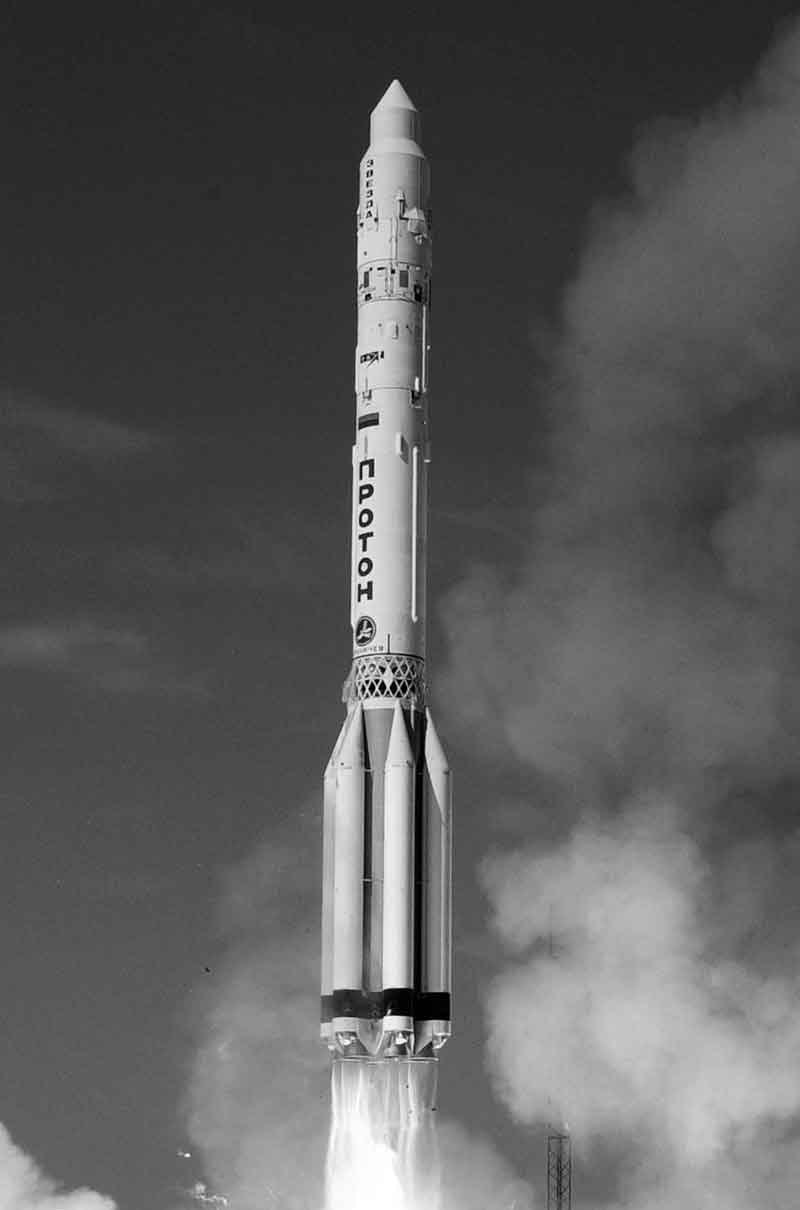
Less than a year after the destruction of the original Voyager by Ilich, we sat in anticipation of the launch of Voyager 2. As mentioned previously, the main goal for this launch was simply a few seconds of survival. It was similar to watching the birth of a child I suppose. You sit in anticipation for the worst possible outcome, all the while hoping against it, and when everything is okay you simply melt into the satisfaction of the anti-climax of normality. This was the feeling I received as the probe lifted off. It wasn't happiness or elation so much as it was relief. Some kind of burden had been expelled and now we could prepare for the launch of the second Voyager 1.
In reality, the launch of Voyager 2 set off a second round of retaliation. The world did not share my elation when the final Voyager blasted off a few weeks later. Forces that had been working against the mission from its outset would soon make their biggest move yet. We did our best to convey to the Soviets that the original Hercules intentions were no longer part of the current objectives. Through back channels, our team explained that the Nazi seed had been exchanged for much more docile samples. We guaranteed them that specimens from primates, lizards, and goldfish were what the Voyager was carrying now. Of course years later the team would find out that Carl had exchanged the pacified fluff for his own semen, so we were once again lying; albeit this time unknowingly.
It was the atmosphere of the time, though. Truth was malleable. It could be shape-shifted and still maintain its appearance of sincerity. But I suppose that was nothing new either. For every motive there are always three or four ulteriors. Ultimately, our biggest enemy was never the Soviet Union, it was the lies that we told ourselves. They were always the biggest downfall. The lies spread a mentality of perniciousness and the other guy could always see the effect of our deception before we could. The cover-ups and falsified histories did ten fold more damage than all of the thousands of ICBMs that never left their sheaths.
SOVIET MUTUALLY ASSURED DESTRUCTION
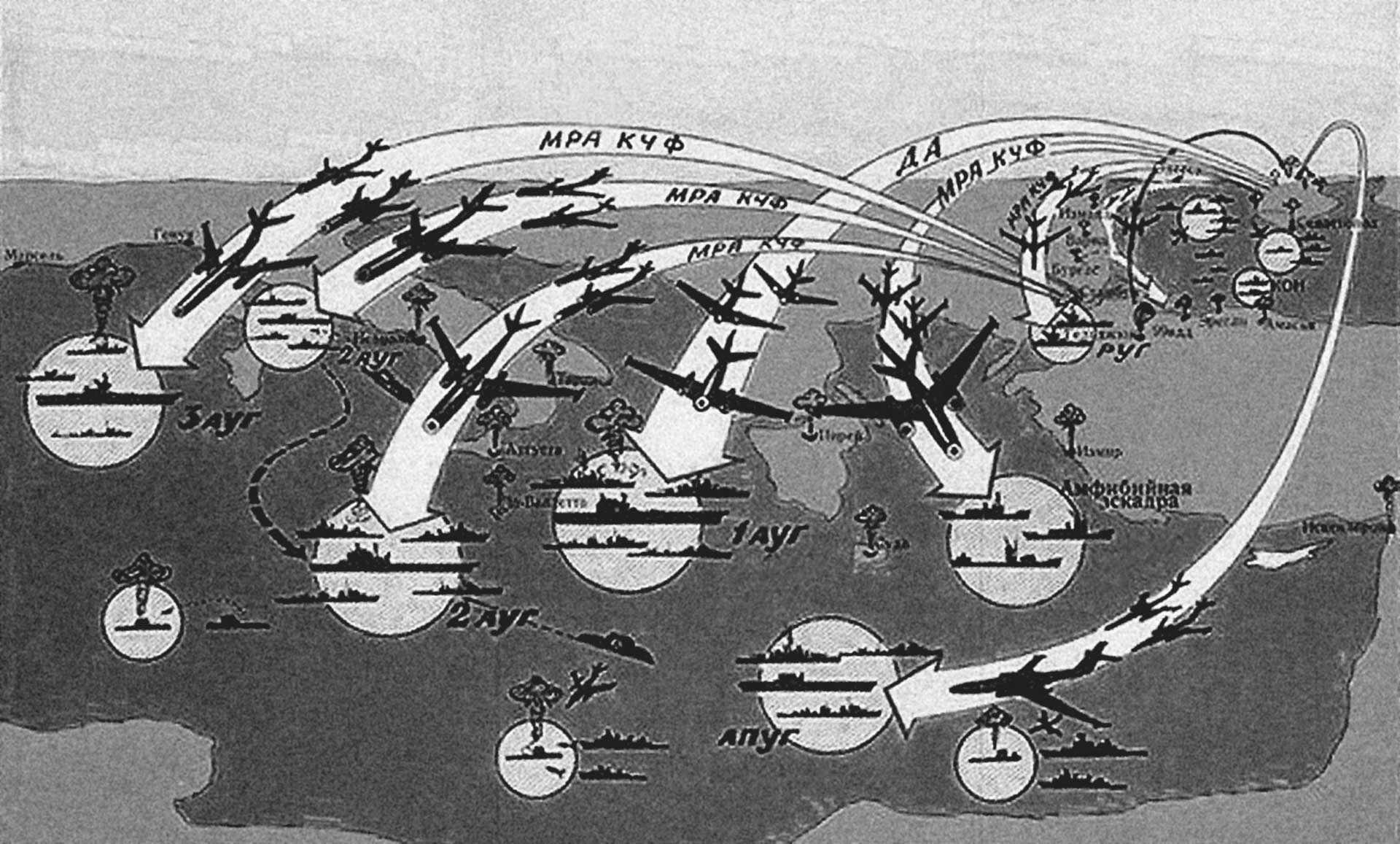
SOVIET MUTUALLY ASSURED DESTRUCTION
RUE CHARLES PÉGUY, OCTOBER 18, 1977

The Soviets first act of aggression against the launch of the final Voyager was the murder of Hanns Martin Schleyer. He had been perceived by the east as being instrumental in the creation of projects that eventually led to the Voyager launches. This was more or less true. After all, it was Schleyer who compiled the Osenberg list of Nazi scientist that would help to instigate the US space program, as well as, the resurrection of the Hercules program.
The Red Army Faction, the terrorist group responsible for Schleyer's murder, had fallen on hard times and out of favor with the Soviets. At this point the socialists were starting to cut ties with furtive organizations such as the RAF whom they had previously used to surreptitiously spread their doctrine. They could see, years before the US, the potential harm in funding radical organizations to do their dirty work. Evidence for this new way of thinking came a few years later with the Afghan war.
In some ways the Soviet's Vietnam, the war in Afghanistan throughout the 1980's was an attempt to subjugate a country the old fashion way: forthright invasion by land and air. Counter to this, the US covertly trained and supplied weapons to the Mujahadeen fighters of the tiny country believing that it would stop the spread of communism. Sensing an "enemy of my enemy is my friend" scenario, the Mujahadeen accepted the aid of the US only to use it against us later on.
Now the time had come for the Red Army Faction, at this point useless to the Soviets, to be dismantled. Unlike the lose/lose/lose outcome of the Afghan conflict where neither the sovereign nation nor its outside manipulators were ever able to secure definitive victory, the Soviet's manipulation of the RAF was win/win. They were able to transact retribution for the Voyager launch while simultaneously dismantling an organization with the potential to one day turn against them.
During the German Autumn of 1977 the RAF had been gaining popularity and were now being seen as a threat to the Soviet dominance of Eastern Germany. Some leaders of the faction, including Adreas Baader, had already been captured and imprisoned by the West Germans. Upon hearing of the news that the RAF had kidnapped Schleyer, the Soviets seized upon an opportunity. Russian infiltrators at Stammheim prison, where Baader and the others were being held, executed the leaders on the morning of October 18, 1977. Believing that the executions had be carried-out by the western backed guards of the prison, the RAF members holding Schleyer hostage retaliated by murdering him later on that day.

In the aftermath of the Schleyer killing, the RAF lost some of the romance that was so appealing to the moderate liberals who supported them in the press. They were seen as being just as radical as any other terrorist organization, public support soon dwindled, and eventually they became completely dispersed and their cause ultimately forgotten. The Soviets had accomplished their mission of retribution against the Voyager launch using the manipulative tactics so prominent during the Cold War era. Now they were ready to employ a much more overt strategy in order to completely destroy the probe.
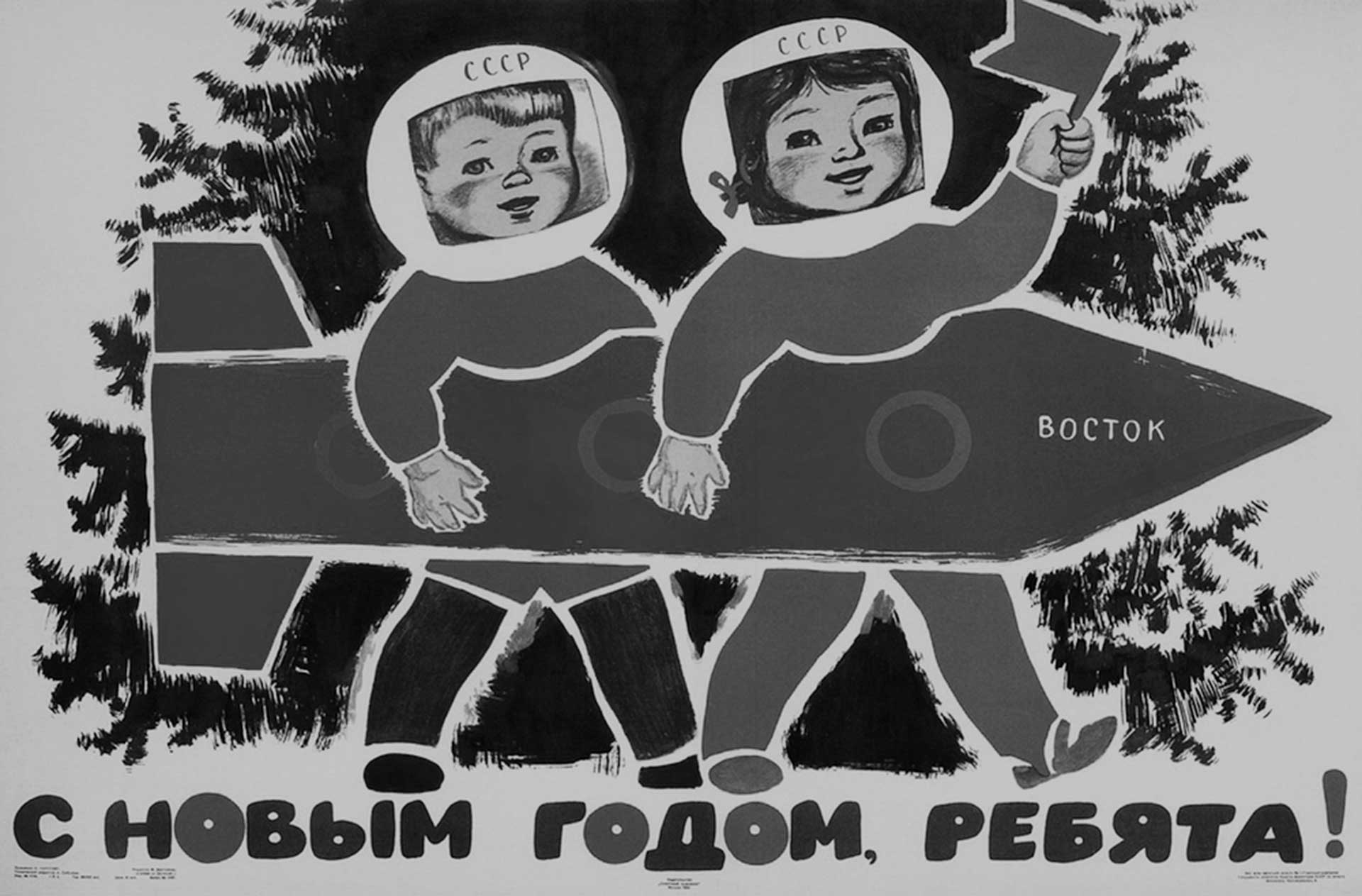
OSENBERG EAST
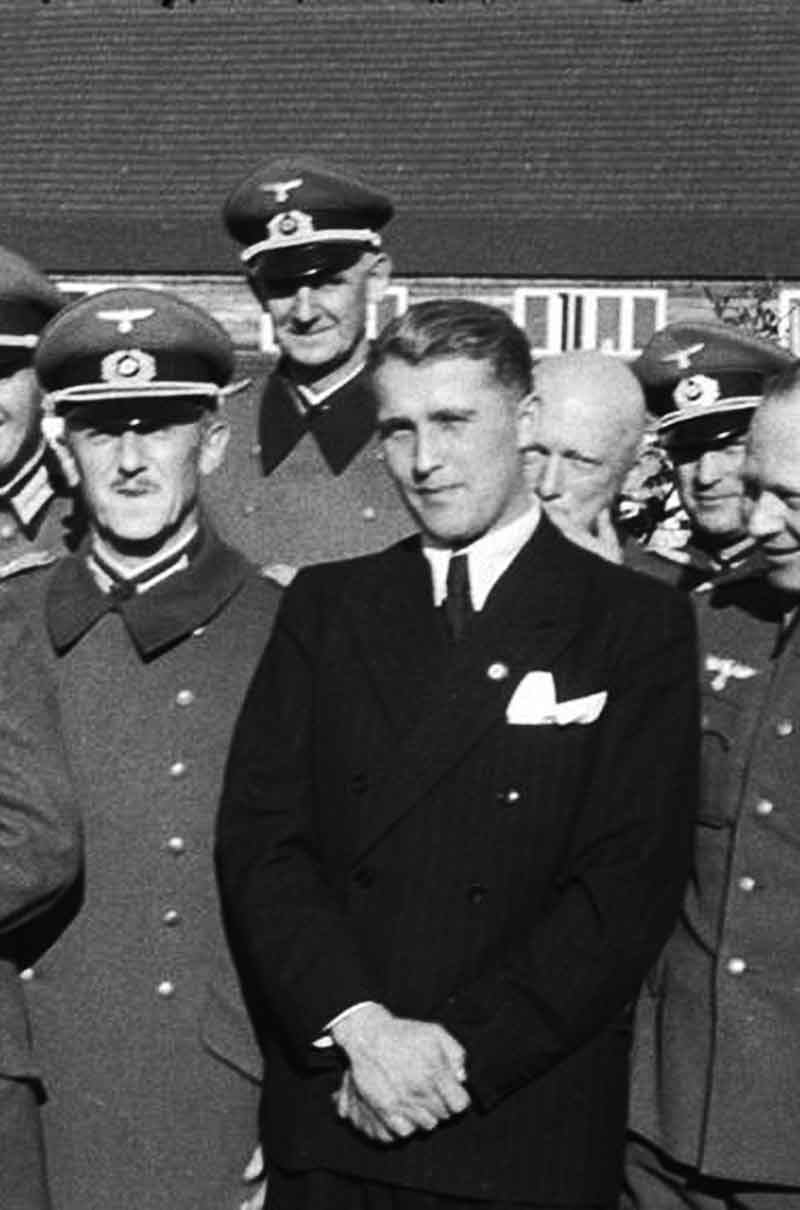
During the final days of World War II, as the US Office of Strategic Services was busy collecting Nazi scientists from across the decimated Reich, the Soviets along the eastern front had similar initiatives underway. Werner Von Braun, one of the prized captures of the Allied forces Operation Paperclip, would eventually lead to some of the United States' greatest advancements in rocketry. His contributions would be instrumental in the development of the Saturn V rockets used to launch US soldiers to the moon only a few decades after the ending of the war.
Von Braun was a charismatic and beautiful man with a golden head of hair and dazzling smile. He was loved by women across the fatherland and was never known to be seen in public without sporting a pin-striped suit or white handkerchief. Contrary to Von Braun was his second in command, a scientist named Helmut Gröttrup. Gröttrup had been an assistant to Von Braun during the height of the V-2 developments,and charged primarily with creating the sophisticated guidance system required of the weapon in locating its targets. However, unlike his boss, Gröttrup was never allowed to experience the finest aspects of life that came with being in the favor of the Nazi regime. He never had the Mercedes or the female companions, the private plane or the villa in the Bavarian Alps. He instead spent the majority the war's darkest years relegated to the Buchenwald concentration camp where he oversaw the production of V-2 rockets by Nazi slave labor.
So by the war's end, Mr. Gröttrup was ready to experience some of what he imagined to be a better life. Therefore, in the summer of 1945, as a majority of the V-2 scientists desperately scurried west, Helmut Gröttrup darted east. His Soviet interceptors assured him of the riches that awaited his family should he prove useful to them. He was guaranteed that he would be allowed to stay in East Germany as the head of the USSR's own rocketry program. To a man that spent the last decade of his life hidden in the long shadow of Werner Von Braun it seemed like an incredible offer.
Soviet children playing in East Berlin
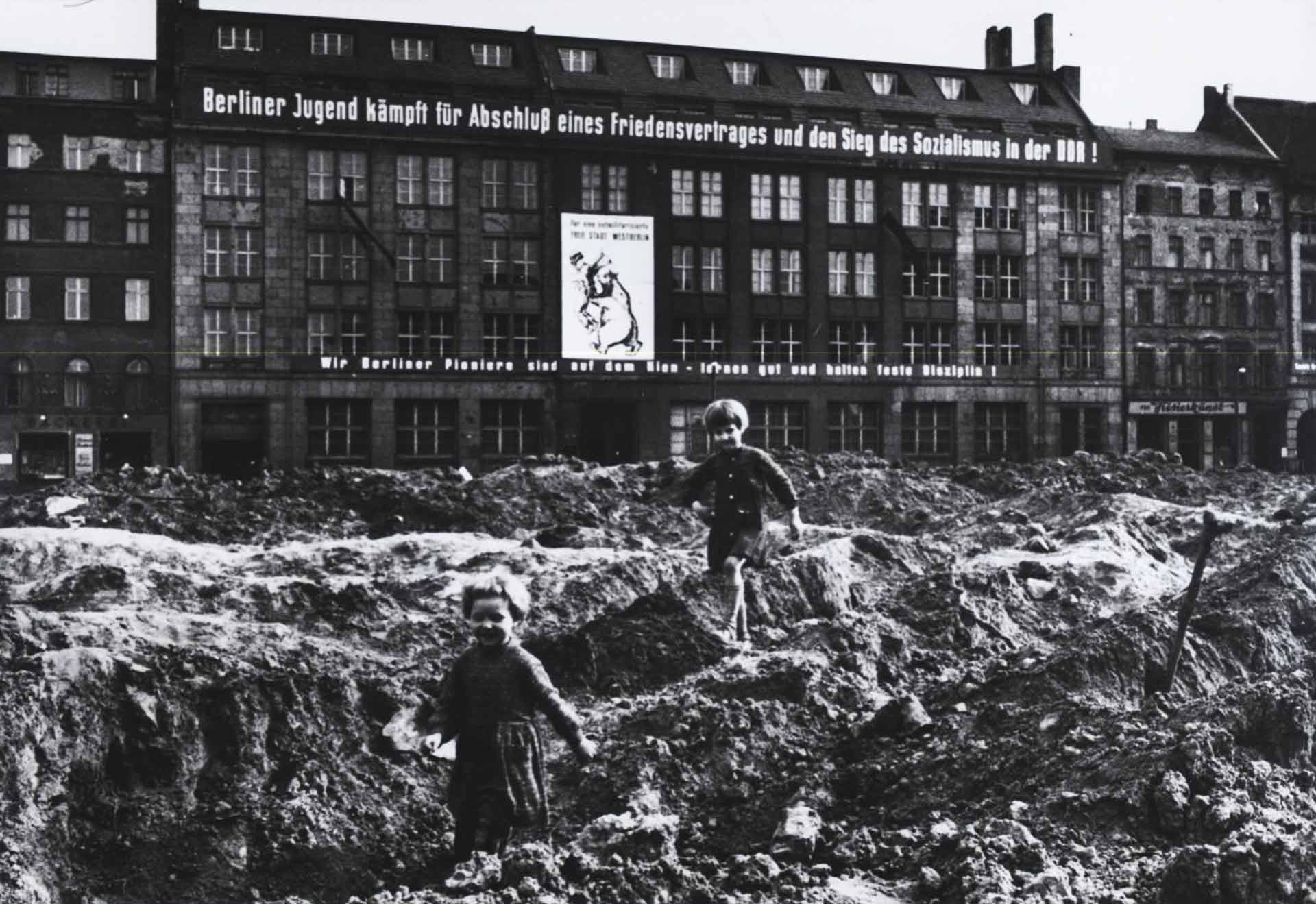
Soviet children playing in East Berlin
OSOAVIAKHIM

For a few months in the fall and winter of 1945-46, Gröttrup and his family enjoyed some of the finest amenities that the Soviets had to offer. They were allotted double and triple the amount of rations that their defeated countrymen were desperately scrounging for. The family had a twenty-four hour bodyguard protecting their every move, and they were even allowed to live in one of Heinrich Himmler's east-Prussian manors. Gröttrup's plan of becoming the Soviet version of Von Braun was coming closer to fruition with every post-war day.
Then came the night of October 22, 1946. As Mrs. Gröttrup was preparing the children for bed, Helmut heard a knock on the door. Upon opening it and discovering the cold Russian steel of a Tokarev TT-30 pointed at his head, Gröttrup realized that his dreams of glory were dead on arrival. As he and his family were whisked away into the night and loaded onto cattle cars not unlike those that drove his former slave labor to their deaths at gas chambers across Europe, Gröttrup must have wondered feverishly about what would happen next. What awaited them at the end of the long rail was the frigidness of the Russian motherland and the emerging Cold War.
The Gröttrups, along with all of the other captured German scientists, were on their way to being resettled deep within the Soviet interior. Stalin, the steeled leader of the communist union, had decided that it was too dangerous for the prized captures to be so near the border with the west. It was quickly becoming apparent in post-war Europe that the invading Soviets were at times not much better than the conquered Nazi's. Thus the populations of the Soviet occupied areas were flooding the gates of the west and draining the east of their potential workforce.
Similar to the American's Operation Paperclip, the Soviets created an initiative to secure their own Nazi scientists which became known as Osoaviakhim. The goal, like so many other activities of the times, was motivated primarily by the fear of falling behind the enemy. It was a time of prevailing ultra-nationalism that scared countries across the globe into locking their doors and hoarding their resources out of uncertainty for what would happen next.
Now that the Soviets had secured their intellectuals, Stalin decided that they should be relocated into the interior in order to prevent any further western influence or temptation. In charge of the mission was an NKVD deputy named Ivan Serov. A man that would eventually lead the secret police force (KGB), Serov was a Stalinist hardliner and no stranger to viciousness or murder. During his time as the Ukrainian Commissar from 1939-1940 he was believed to be responsible for the deaths of hundreds of thousands of Ukrainians.
Katyn Massacre, Ukraine 1943
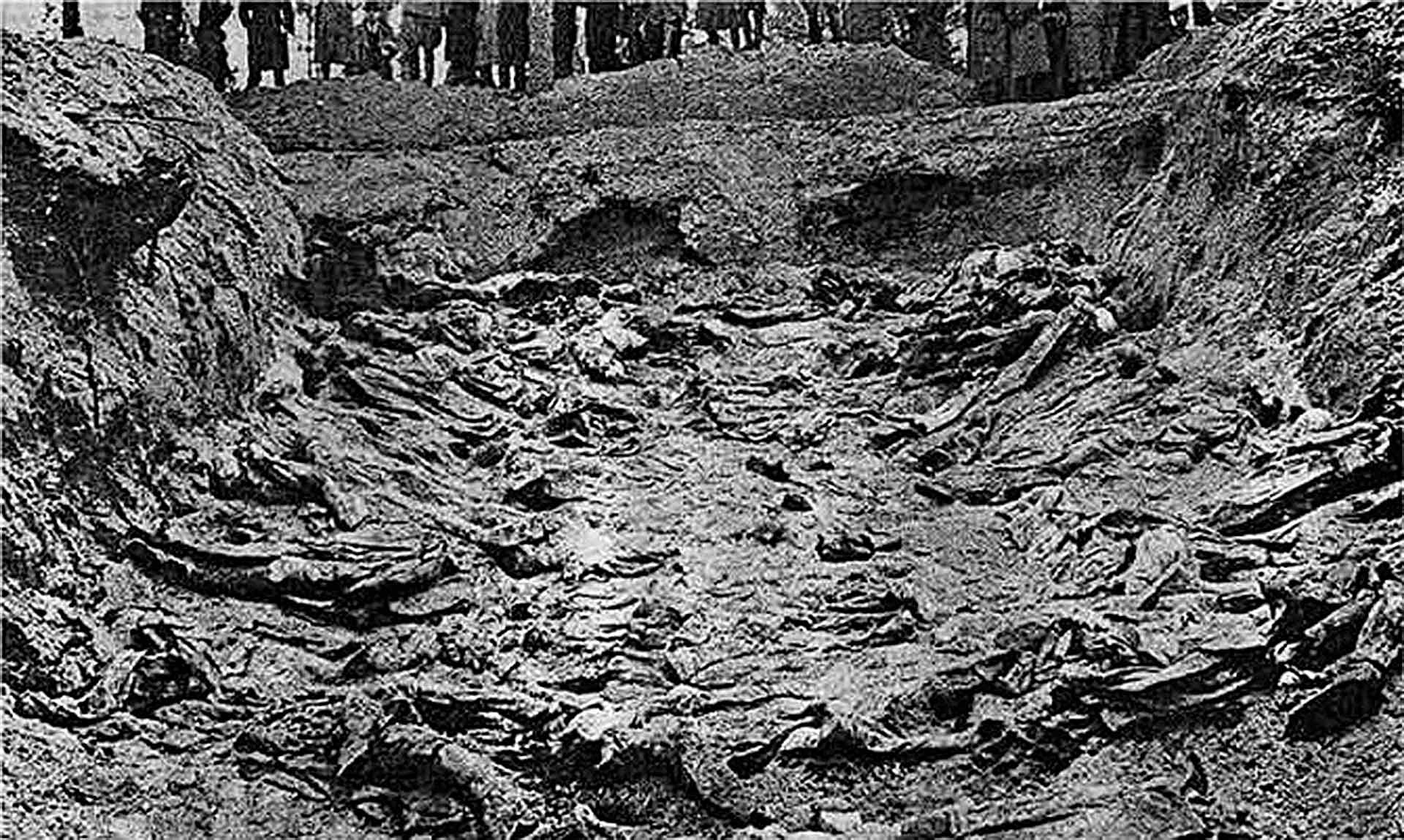
Katyn Massacre, Ukraine 1943
THE LONG COLD NIGHT
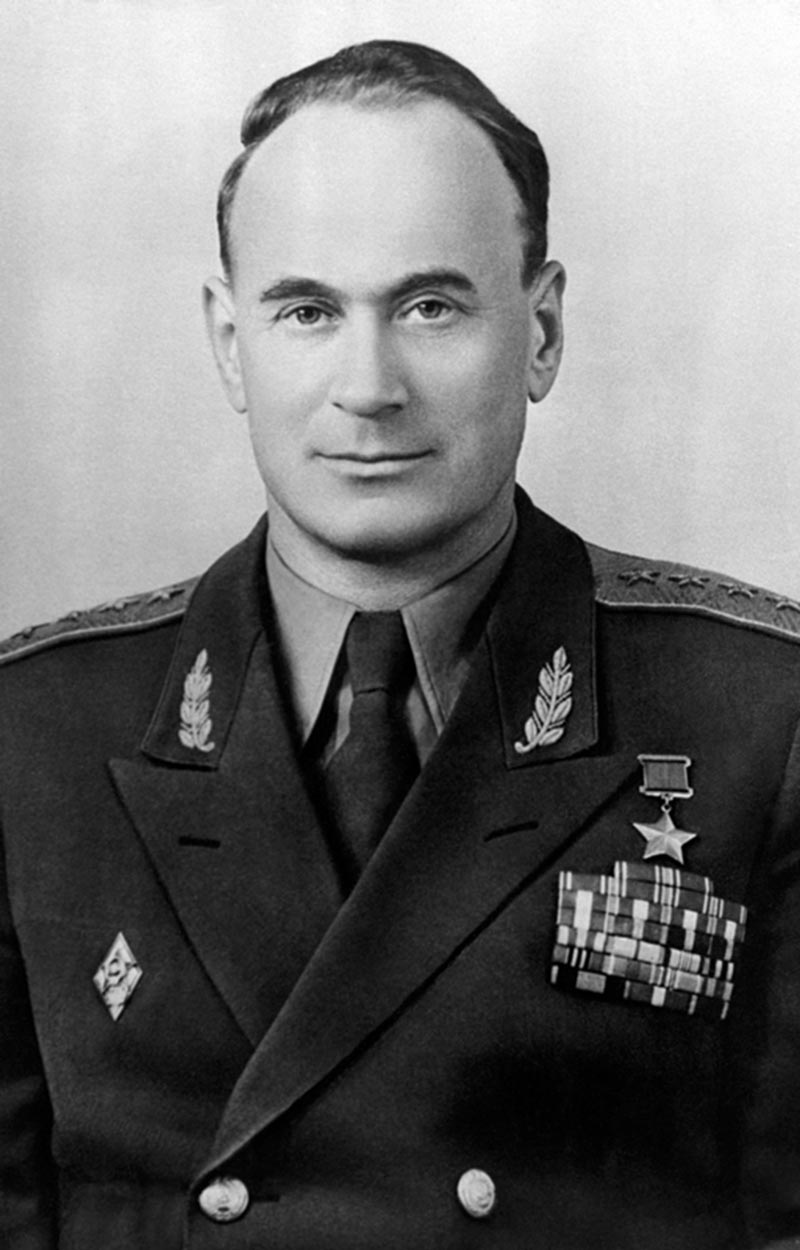
Upon arrival in the Soviet heartland, the Gröttrups made the best of the situation. Helmut assumed a leadership role in the burgeoning Soviet Rocketry program. He was a key developer of the R-1 rocket, a V-2 knock-off, that would eventually transform into the complex Intercontinental Ballistic Missiles that peppered the Soviet countryside during the height of the Cold War. He was also one of the earliest proponents of man made satellites, such as Sputnik 1, being launched into Earth's orbit for the purpose of triangulating coordinates for these terrestrial rocketry armaments.
Simultaneous to this, Ivan Serov, eventually promoted to a General in the Soviet armed forces as well as leader of the KGB secret police organization, was devising plans to create a destroyer of probes. He was envisioning a future where the space outside of our atmosphere would be the next frontier in the battle of eastern versus western ideologies. He could imagine the infinity of open space and the potential for domination that it held.
Eventually, Gröttrup was allowed to return to his native country, albeit on the Eastern side of the Berlin wall. He found some success in the private sector of the Soviet economy but was always required to maintain contact with the Russian interior should the need ever arise to utilize his knowledge.
Kings of our world
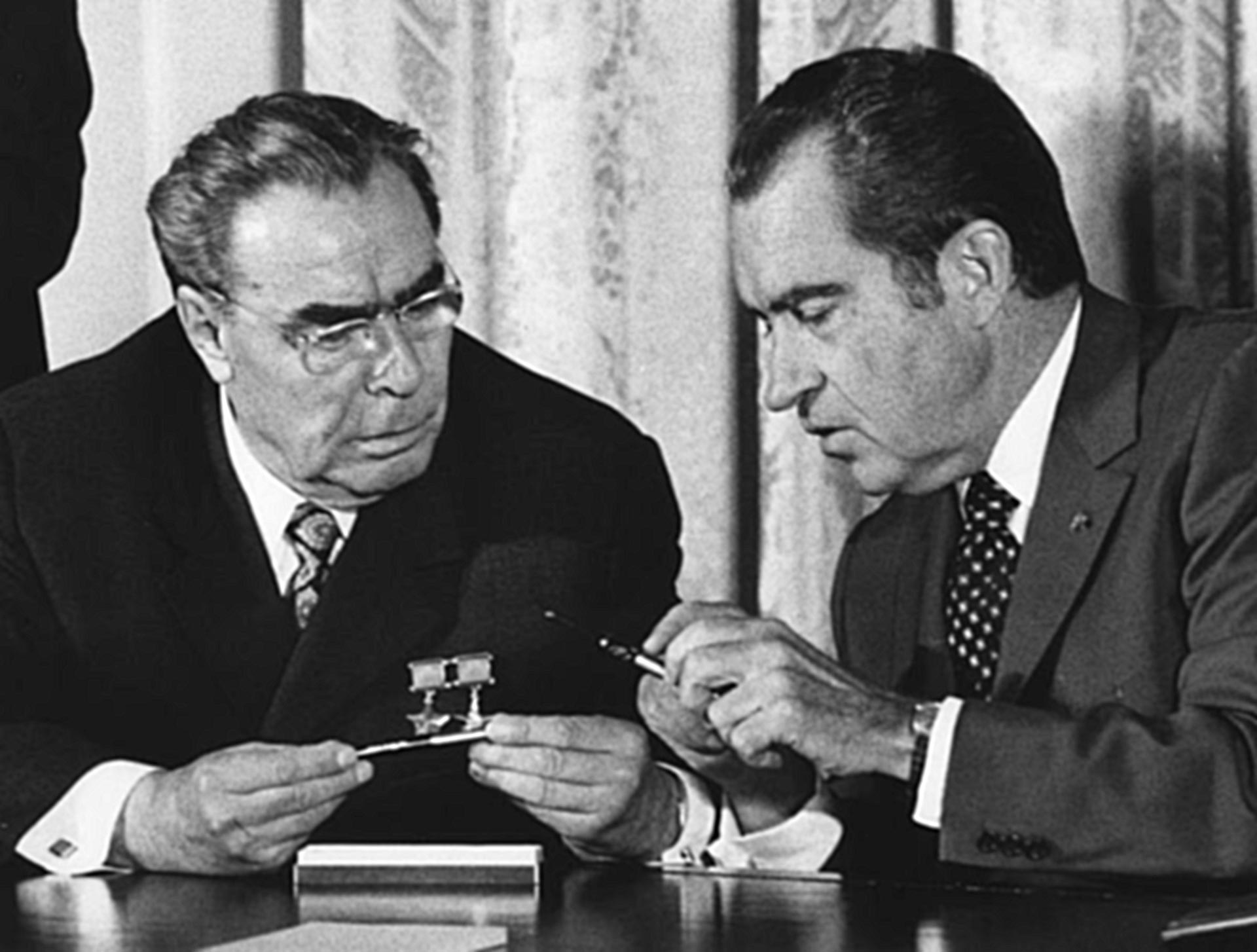
Kings of our world
SEPTEMBER 12, 1977
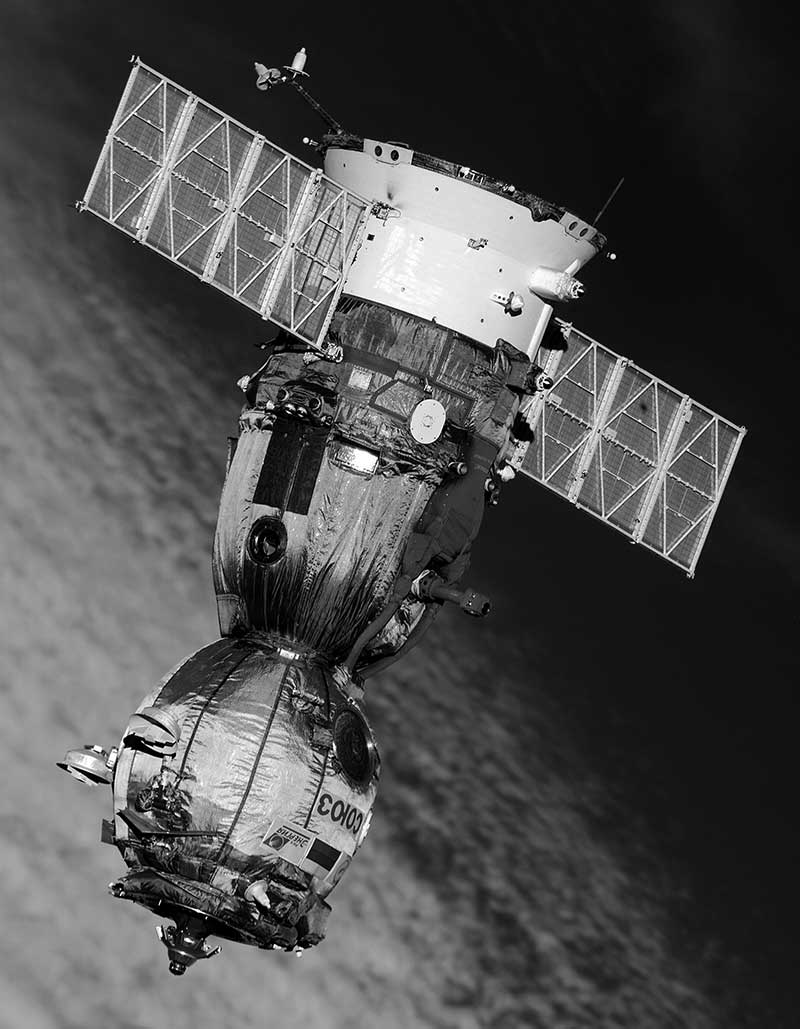
One week after the successful launch of the Voyager 1 space craft, a much more secretive liftoff occurred half a world away in the Kazahkstani desert steppe. At the Baikonur Cosmodrom, the same launch location for the Vostok 1 spacecraft that, in 1961, transported Yuri Gagarin into the pages of history as the first human being ever to enter outer-space, a new craft sat in waiting. Codenamed Destroyer 1 by the US intelligence agencies that would eventually come to find out about it, in Russian it had no title. Originally designed in the Soyuz lineage of Soviet manned space-crafts, the plans for Destroyer 1 were altered to carry a cargo, not of human life, but instead thermonuclear destruction.
Conceived around the same time as the Ilich plan for eliminating the original Voyager, Destroyer 1 was the Soviet failsafe set in place should any US craft be launched that potentially held the Hercules project's Nazi seed. Not dissimilar to the fascists that they so despised, the Soviets were incredibly superstitious and willing to believe in the most absurd of possibilities. Documents uncovered after the fall of the USSR describe Leonid Brezhnev's increasing fear of a German Fourth Reich led by none other than the Nazi supermen developed as part of the Hercules project. Brezhnev, of course received training in the art of paranoia during his stint as one of Ivan Serov's minions in the NKVD. The Soviets were never much interested in sitting anxiously to observe an outcome without heavy handed interference, and Destroyer 1 was no exception.
Alongside the fears of the Nazi super race, Brezhnev also harbored anxiety that Voyager 1, and all of its wild proclamative messages of goodwill, would somehow find allies in deep-space that could one day be utilized in an attack against the Soviets. They were as thorough in their paranoid assumptions as they were in their plans to eliminate any perceived potential threat.
Former Kings

Former Kings
THE CRIMSON RECORD

So in the early 1970's Helmut Gröttrup, living semi-retired in East Germany at the time, was contacted by the KGB and summoned back to Moscow. He was ordered to draw up a modification of the Soyuz-T plans that could hunt any Voyager class space probe and destroy it. After all, it was under Von Braun and the V-2 rocket development that he honed his specialty in rocket telemetry and coordination. However, possibly out of spite for the state who had never quite been able to afford him the lifestyle that he felt he deserved, for the Destroyer project, Gröttrup developed a completely unorthodox guidance system based on the idea of aural pinging.
The idea for the triangulation system was not much different than the methods utilized by marine creatures such as whales or dolphins to map out their surroundings. Destroyer 1 would project a sound, which in space would have very little interference considering the absence of material. The sound would be pinged off of the metallic surface of the Voyager and returned. Destroyer would then be able to triangulate the presence of the Voyager and execute it.
In order to create the pinging noise, a device was installed on Destroyer 1. A record player, similar to the one carried by the Voyager, was implanted into the inner workings of the Destroyer and a single-sided, blood red, vinyl 78 of the Rolling Stone's classic 1966 single, Paint It Black, was loaded onto the player to project continuously the revelatory sounds of rock and roll. Rife with peculiar irony and anachronism, the decisions made for this unusual guidance system, in hindsight, provides for quite a bit of ponderance still to this day.
I suppose the song was chosen for its brashness. At an unrelenting four minutes and four seconds long, it stood well above its contemporaries as far as what was perceived to be an acceptable length. With its nefarious subject matter and mysterious eastern instruments, the song signaled a turning point in western popular music. It was a precursor to the acidic late sixties and early seventies.
Destroyer 1 era Soviet propaganda

Destroyer 1 era Soviet propaganda
LOST IN SPACE
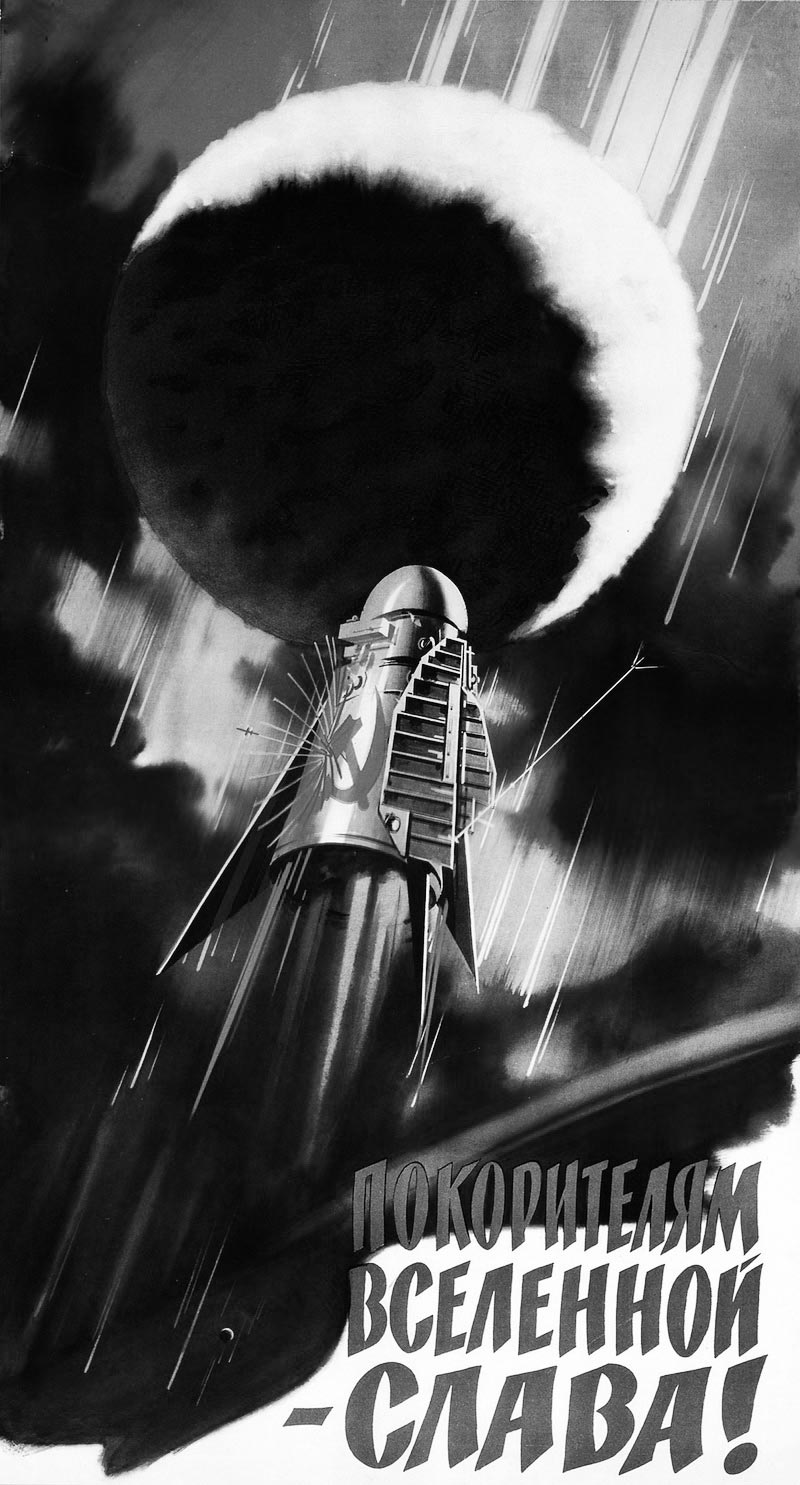
To this day the nuclear payload contained within Destroyer 1's hull is enough to completely decimate a quarter of our planet. Should the positioning system fail to operate precisely, it is also set to detonate once the craft senses it is within 500 miles from the gold that is anodized onto the surface of the Voyager's mythic record. From that distance it should be able to annihilate the probe nearly four times over.
Of course as hasty as its assembly and launch was, I am incredibly doubtful that it will ever hurt anyone or anything. Instead, the craft will serve for eternity as an unfortunate legacy to an already nearly forgotten conflict. The Cold War was the single most expensive war in the history of humankind, and it is sometimes sad to consider where we would be today as a species had our priorities been different throughout the last half of the 20th century. What would our planet look like had we utilized all of that gold and resources for something other than missiles, stagnant armies, and competitions of fear? To hope for those events to never happen again is foolish, and to pray for it would be to separate the issue even further from reality. No, as I have considered the consequences of all of the men of the last century, I have initiated myself into taking action so as to insure that there would not be a repeat of our histories.
